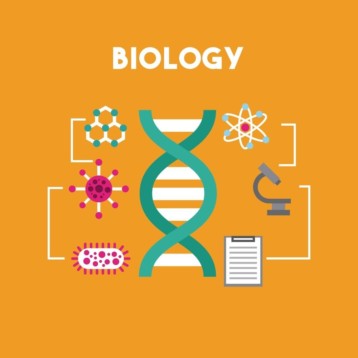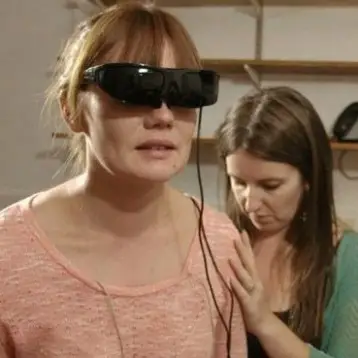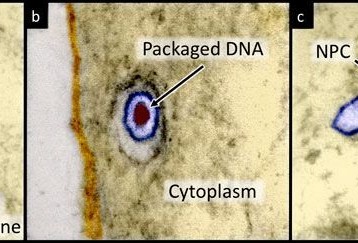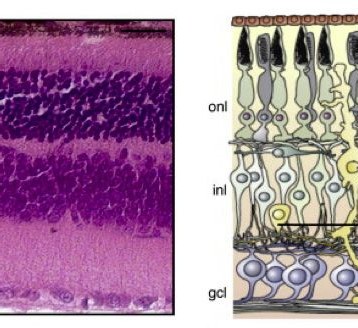|
Embryonic stem cells are pluripotent cells, cells that can be differentiated into any kind of cell composing our body. For decades, scientists did not know how the cell differentiation mechanism worked. New technologies allowed the researchers to measure the expression level of the entire genome of a mouse. In this way, they discovered that this mechanism acts by decreasing the expression of genes or transcripts that are not needed in the daughter cell.
Using microarrays, the researchers measured the expression levels of every segment of the mouse’s genome. The breakthrough that pushed this research ahead was the development of a tiling array for the mouse’s genome. A tiling array allows measuring the expression level of every segment of the desired cell’s DNA sequence. Using this array, the researchers found that a lot of the genomic segments, not known to be expressed in differentiated cells, are expressed in the ES cells.
|
Using hundreds of such microarrays, the differences in gene expression between ES cells and differentiated cells were found. It is now known that an ES cell “switches off” some of the genes or genomic segments it expresses and in order to become dedicated to a specific type of cell. The research concluded with the determination of a mechanism in which an ES cells can be changed into any desired cell type.
In recent years, embryonic stem cells and induced pluripotent stem (iPS) cells have drawn the attention of the biological community and are expected to serve as the basis for many future therapeutic technologies. TFOT recently reviewed the use of stem cells in medicine along with developments in using iPS cells for rebuilding heart tissue and in the generation of red blood cells.
More information on the recent ES research project can be found on the Hebrew University’s webpage.











